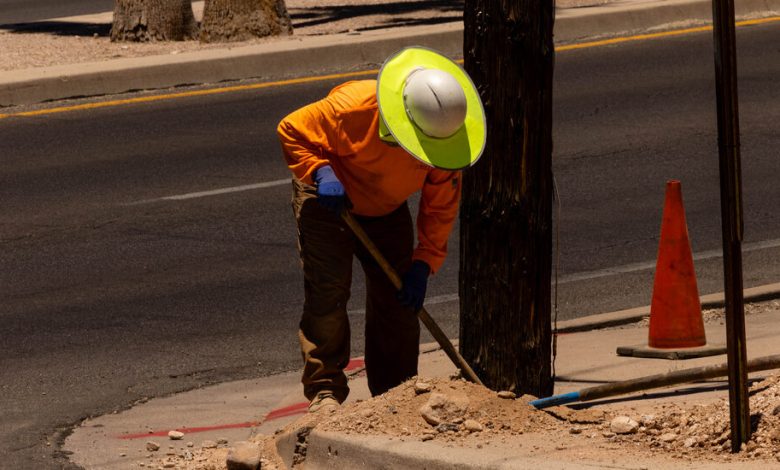Workers Shouldn’t Have to Risk Their Lives in Heat Waves

A record-breaking heat wave is cresting across the United States, with about 100 million people under extreme heat alerts. Local TV news stations, governors and health officials advise to plan accordingly, drink water, go to cooling centers if needed and above all, refrain from excess outdoor exertion.
But if you pick fruit in a field, walk door to door delivering packages, stack boxes in an oppressively hot warehouse or do any number of other jobs without air-conditioning, you don’t have much legal protection against working under sweltering conditions. In 2022 alone, 43 people died from exposure to extreme heat while working, according to the U.S. Bureau of Labor Statistics. Last year, there were others, including a postal worker who died of heat stroke in Dallas, and at least one farmworker who died after falling ill while working amid extreme heat in Florida. From fields to warehouses to restaurants, laborers are in danger of illness, injuries and even death in this heat wave.
Climate scientists warn that we are reaching a tipping point where the mounting harms of global warming, including more frequent, more severe heat waves, will become irreversible. The federal government is trying to address the fact that climate change is making working conditions more dangerous each year. But its efforts aren’t likely to bear fruit quickly enough.
The key elements for protecting workers from heat above 80 degrees Fahrenheit are simple: ensure adequate rest, shade and water and allow people to adjust gradually to higher temperatures. Additional precautions are needed above 90 or 95 degrees Fahrenheit. But this is not the law in most of the country.
The Occupational Safety and Health Act has a “general duty clause” requiring employers to provide safe workplaces, but it lacks specificity on what to do in extreme heat. The Occupational Safety and Health Administration may issue a proposed rule on workplace heat relatively soon that would be likely to require, among other things, rest breaks, drinking water and cooling measures, as well as medical treatment and emergency response procedures. But once issued, there will be a comment and review period, followed by inevitable challenges from business groups arguing that the rule is too burdensome.
The Supreme Court majority’s tendency to rule against workers and overturn workplace regulation will likely embolden these groups to appeal any decisions not in their favor, causing even more delays and perhaps thwarting the rule altogether. So it’s unlikely that any federal heat standard would take effect for the next few summers, and perhaps even longer.
